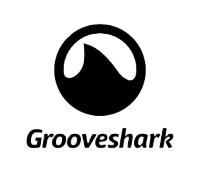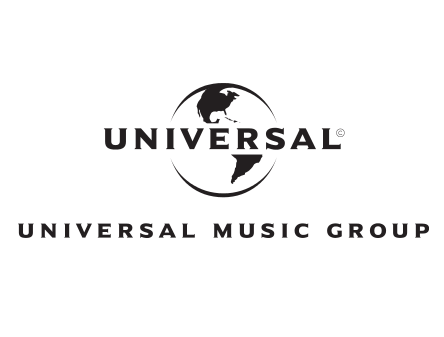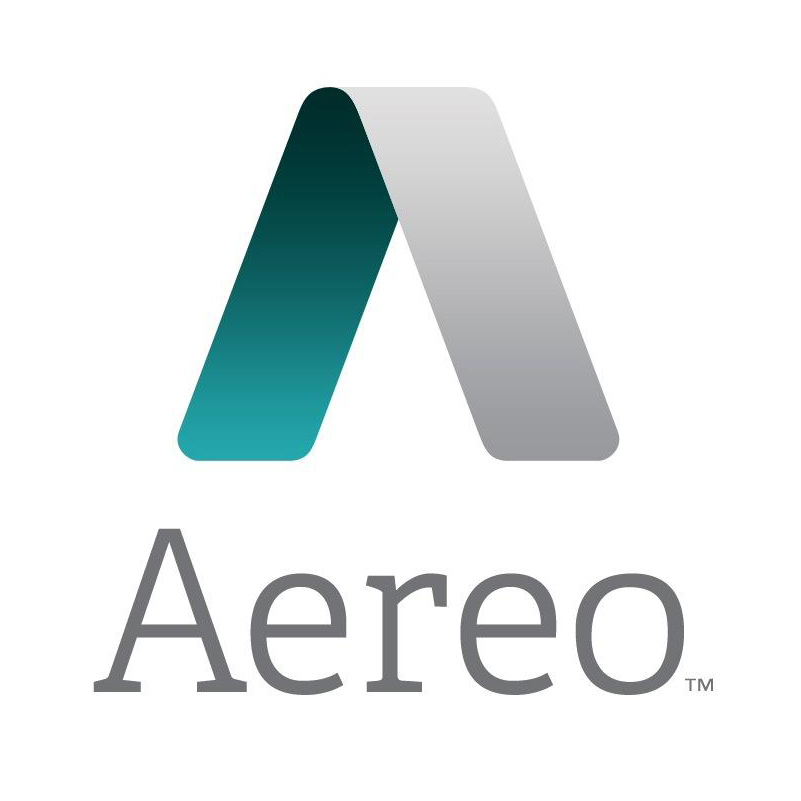I've written about the Digital Millennium Copyright Act (DMCA) before (here and here) in the context of how its "notice-and-removal" and "anti-circumvention" language can be used in unintended ways to limit free speech or stifle innovation. A decision last week by the New York State Court of Appeals
creates a new problem for innovators trying to keep their services from running afoul of copyright owners.
The notice-and-removal process codified by the DMCA is the result of language (in section 512 [PDF]) that creates a "safe harbor" for service providers, protecting them from damages resulting from claims that their service is being used by third-parties engaging in copyright infringement. To be protected from these claims, service providers must remove infringing content upon notice by the rightful copyright owner.
service providers, protecting them from damages resulting from claims that their service is being used by third-parties engaging in copyright infringement. To be protected from these claims, service providers must remove infringing content upon notice by the rightful copyright owner.
This extremely important provision is designed to protect innovation. Without such safe harbors, companies might be unwilling to create new products and services given the chance they could be shut down as the result of the illegal actions of their users.
The ruling (in Universal v. Grooveshark) calls into question the DMCA's safe harbor provisions and creates dangerous ambiguity over what protections service providers can expect.
The basis for this ambiguity is existing copyright law.
Prior to 1976, copyright law in the US existed under the dual jurisdiction of both Federal and State law. Congress attempted to eliminate that confusing system, unifying copyright law as part of the 1976 Copyright Act. However, certain elements remain carved out, in this case, pre-1972 recordings that are still protected by State law.
In this case, Universal argued that the DMCA safe harbor provisions only apply to works covered under Federal law (and not State law). Therefore, Groovershark  is potentially liable should any of its users upload pre-1972 recordings. (It should be noted too, that these are not insignificant recordings; they include well-known songs performed by Buddy Holly, Chuck Berry and The Supremes.)
is potentially liable should any of its users upload pre-1972 recordings. (It should be noted too, that these are not insignificant recordings; they include well-known songs performed by Buddy Holly, Chuck Berry and The Supremes.)
This will not be the final word however--the case will undoubtedly be appealed. While the ruling may strip Grooveshark of its protection under the DMCA, a separate ruling in Federal court (Capitol v. MP3Tunes) says the opposite, that works covered by State law are afforded DMCA protections.
What all of this means is that copyright continues to be a confusing system of laws that endangers innovation by not keeping pace with technology. While it is important that intellectual property rights be protected, we must find ways to ensure these protections don't have unintended consequences. Luckily (though the timetable is not clear), House Judiciary Committee Chairman Bob Goodlatte (R-Va.) announced last week his intention to conduct a review of US copyright law. This couldn't come at a better moment, as only through overhauling copyright can we guarantee that our intellectual property laws are in sync with the demands of modern technology.


